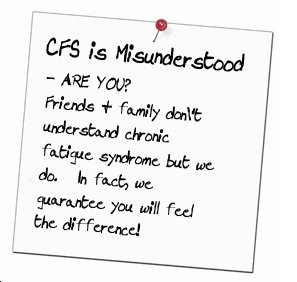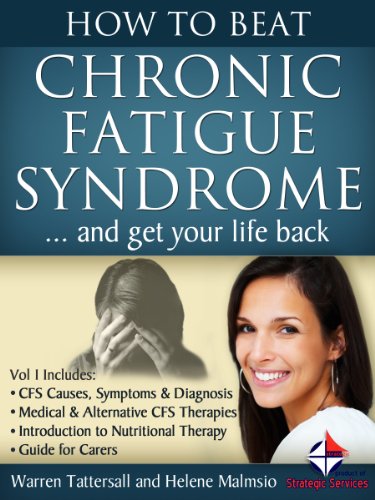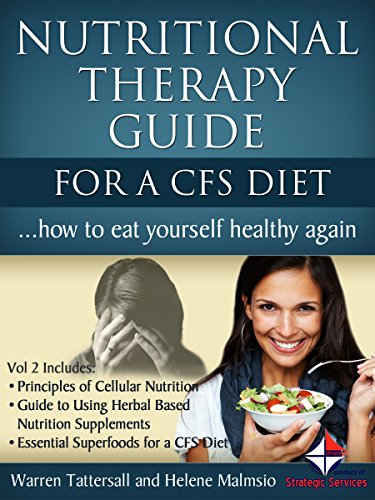How To Prevent Your Horse Going Lame







How To Prevent Your Horse Going Lame From The Most Common Cause Of Lameness
There are lots of ways a horse can go lame. Perhaps the most common cause of lameness is a result of Navicular Syndrome. The fortunate thing is that it can be treated where the horse gets complete, successful recovery if diagnosed and treated in it’s early stages. Here’s what you need to know about Navicular Syndrome.
First, there is a small bone between the coffin bone and the short pastern bone called the navicular bone. This bone is important in that it distributes the horse’s weight between the coffin bone and the short pastern bone. The result is that it reduces the stress on both the coffin bone and short pastern bone when the foot lands to the ground and weight is put on it. (Even though the rear feet have navicular bones, it is the fore feet that are most often affected)
The navicular bone also works with a tendon called the “deep digital flexor tendon.” This tendon flexes the coffin and pastern joints. It also absorbs shock when the hoof strikes the ground. When the flexor tendon moves, it slides over the cartlidge-covered navicluar bone which lowers the work load of the tendon when the foot moves.
Thus, when the horse’s foot lands to the ground there is a lot of force on the navicular bone. As the horse’s weight is transferred over the foot, the bone is pushed against the tendon. When this happens repeatedly, then damage to the navicular bone and the tendon can occur.
One thing that can happen is the cartlidge can lose its slippery surface and friction can develop between the navicular bone and the tendon. Then the tendon can become rough and make the sliding motion on the navicluar bone even worse. This ultimately leads to pain for the horse and worse, lameness. Worse, the blood flow to the navicular bone and the tendon could be decreased and it may not heal.
How can you tell if your horse may have navicular syndrome? One is he may not want to change leads. He may lose his suppleness or perhaps have a stiff and jerky gait. As this gets worse the may show lameness where you may see short stride in one or both front legs. The horse will purposely try to step on his toe portion of the foot because the pain will be in the back of the foot. Thus, you will see his toe is worn more than any other part of the foot.
This condition will more easily show up in hard-working horses. It also is more apparent when a horse works in tight circles. When he is moving in a straight line it is not as apparent. The lameness seems to almost disappear when the horse is at rest. It will reappear when it is working hard again.
How do you treat navicular syndrome? First, begin early. The horse owner is responsible for recognizing there may be a problem. If there is a problem, then the veterinarian and the farrier should be called so treatment can begin. The treatment consists of corrective trimming and shoeing, pain relieving and inflammation decreasing drugs, and carefully controlled exercise.
Interestingly, treatment for navicular syndrome may be quite different from veterinarian to the next. They will not necessarily prescribe the same treatment.
Exercise is one of the most important parts of the treatment because it increases blood flow to the horse’s foot. But remember that the exercise has to be carefully done.
What horses are the most likely to have navicular syndrome? Hard working horses like race horses, cutting, reining, calf roping, and barrel racers. They are especially more likely to get navicular syndrome if they work on hard surfaces and have poor conformation. Navicular syndrome is most common in horses with upright pasterns. Navicluar syndrome is also common in horses when the hoof and pastern slope at different angles.
As a horse owner, you should know that improper trimming and shoeing can also cause navicular syndrome. If the farrier trims a heel too low on a horse with an upright pastern it can increase the pressure where the flexor tendon and the navicular bone meet. Thus, be watchful of your horse. If you see something out of the ordinary when you ask your horse to work hard you may begin by looking for navicular syndrome since it is the most common cause of lameness in horses. As always, consult your veterinarian for diagnoses and treatments.
About The Author
Andy Curry is a nationally known horse trainer and author of several best selling horse training and horse care books. For information visit his website at www.horsetrainingandtips.com. He is also the leading expert on Jesse Beery's horse training methods which can be seen at www.horsetrainingandtips.com/Jesse_Beerya.htm.
* * * * * *
Horse riding and vaulting is a great activity to pursue at almost any age provided you are in proper health to handle the rigors of being in the saddle.
Sometimes, the demands of modern life seem to require an endless supply of energy. It’s hard enough just trying to squeeze everything in, then finding the energy to actually do everything presents a whole other obstacle. Are *YOU* low on natural energy?
When it comes to maintaining your good health, even when we try to eat well, we're still disadvantaged…
The nutritional content of most food has been compromised over the years, not only by deficient soils and modern production, transportation, storage and processing methods, but also by the enormous amounts of chemical and artificial substances added to promote growth, storage life, taste and appearance.
It's for this reason that more and more medical authorities are advocating the use of vitamin and mineral supplements. However, finding them in the right combination can be both confusing and costly.
You can learn more here about dealing with any specific health concerns you may have here at Your Health Online the A to Z directory of Health Problems & Self Care Strategies for natural remedies to your health issues.
Further reading through our articles on health issues will give you a body of information that will help you decide what options you have to improve your health and get dynamic energy through giving your body the nutrition products that will assist you body to heal from the inside out.

BACK TO MY PAGE: Animado Andalusian Stud

to “Your Health Success”
our monthly F’R’E’E’ Newsletter

============================================================================
the A to Z directory of dealing with Health Problems & Self Care Strategies for natural remedies to your health issues.
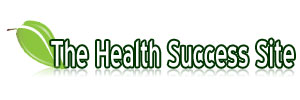
Subscribe to get your weekly "Health Success Magazine" with a new complete & comprehensive Health Report in every edition!

to “Your Health Success”
our weekly F’R’E’E’ Newsletter
If you would like a free no-obligation private consultation or to contact Warren Tattersall for more information, please click here >> Contact Us
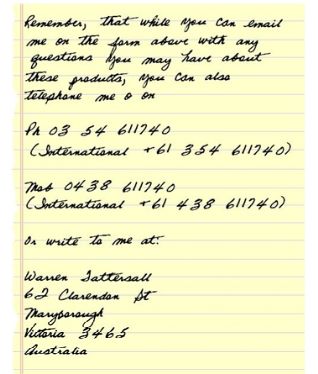
Click the books above to learn more about how we treat CFS naturally, to get your life back!
You will find many assorted Health Reports available for download free to you on this website!
Our free Health Success Reports are each available for you to download when you subscribe to receive them and their 7 part eCourse.
You can unsubscribe at any time, but we are sure you will want to receive all the email lessons of these informative ecourses.
Read more HERE to select the REPORT subjects of most interest (or concern) to you.






